Orange Audubon Society members are looking for you!
To introduce you to the amazing variety and number of birds in the garden, volunteer members of the Orange Audubon Society (OAS) lead guided bird walks Saturday mornings during the two migration seasons.

This Fall the Audubon volunteers will meet you every Saturday morning in April and October. Walks begin at 8:00 a.m. and last 2 to 3 hours. Each walk will be led at a casual pace by an experienced birder, is open to the public, and is free of charge. A limited number of loaner binoculars are available. You can borrow a pair if you come a bit early to sign them out and, if necessary, get a quick course on their use.
Mead Garden is considered a migration trap, a place for migrating birds to stop for food and rest on their way north or south for the season. The variety of habitats, wetlands, open water, and an upland area with oaks and tall pines, appeals to a number of bird species.

And many more species utilize the park throughout the year. Bring your binoculars on your next visit and see if you can spot our resident barred owl, Cooper’s hawk or our newest resident, the rare red-headed woodpecker. Along the creek and pond, you are likely to see wading and diving birds like the great blue heron, great egret, white ibis, anhinga — or even a green heron. Other commonly spotted birds include the cardinal, grackle, red-bellied woodpecker, blue jay, osprey and many more.
Before your visit, be sure to download the Mead Botanical Garden Birding Guide compiled by these generous and dedicated members of the Orange Audubon Society (OAS), or pick one up at the information sign.
And if you’re interested in woodpeckers (seven of Florida’s eight resident and migratory woodpecker species have been spotted in Mead Garden), be sure to check out “A Guide to Woodpecker Identification and Their Habitat,” an informative brochure created by Nancy Adler and Larry Martin for the Florida Master Naturalist Program. (Please note, this is a quad-fold brochure, so it prints on legal-sized paper.)
The OAS continues to play a crucial role in the planning and restoration of MBG. OAS members who are in the garden almost every day keep an eye on the bird population and their habitats — advising with expertise as plans are implemented — keeping the focus on maintaining cover and food sources while allowing invasive plants to be removed. It’s a very tricky balance and MBG is enormously grateful for OAS and members wisdom, determination, patience and generosity.


